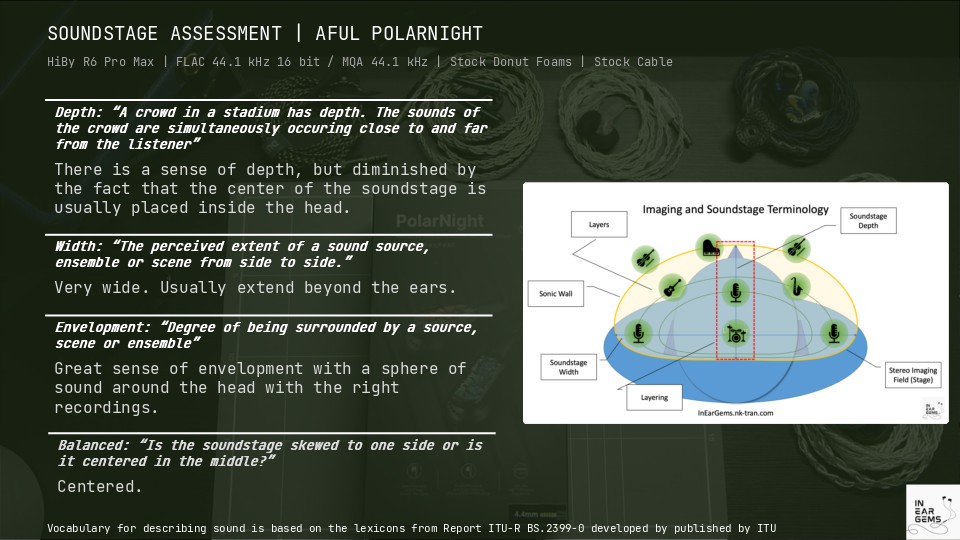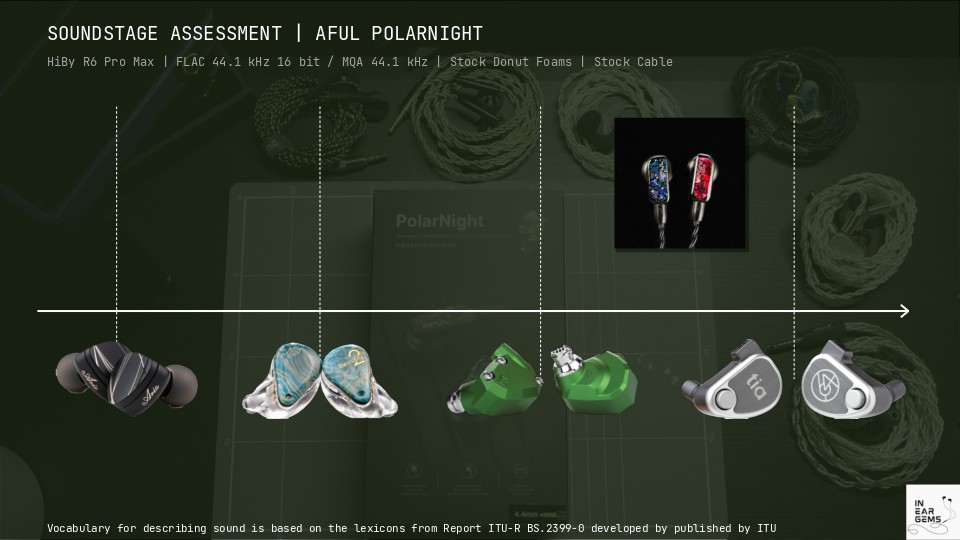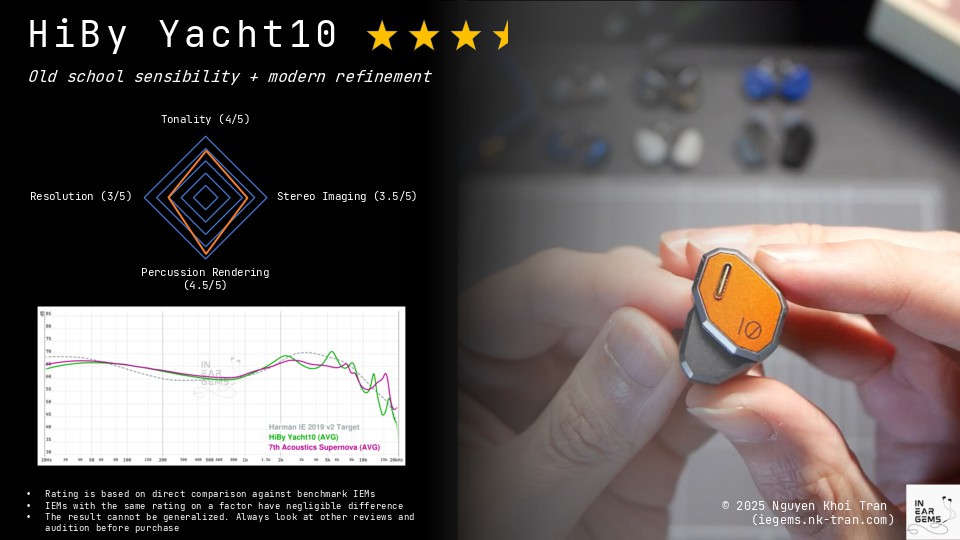Hidizs MK12 Turris - Simply Dynamic
Forewords
- What I look for in an IEM is immersion. I want to feel the orchestra around my head, track individual instruments, and hear all of their textures and details. I’m not picky about tonality, as long as it does not make the orchestra, violin, cellos, and pianos sound wrong.
- I rate IEMs within with a consistent scale from 1 (Poor) to 3 (Good) to 5 (Outstanding). An overall ranking of 3/5 or above is considered positive.
- Ranking list and measurement database are on my IEM review blog.
- The terminology for subjective impressions in this review is based on the Audio Wheel for reproduced sound defined in the technical report ITU-R BS.2399-0
- This review is based on a review sample from Hidizs (Thank you!). I have no affiliation with or financial interest in HiBy.
- The unit retails for $199. It will be launched on kickstarter on June 10, 2025 at early-bird price of $129. Unaffiliated link: Kickstarter
General Information
The MK12 Turris IEM is from Hongkong manufacturer Hidizs (manufacturer well known for electronics, also doing nice job with IEMs in the last year with the MP145 and MP143 planar magnetic IEMs).
MK12 is a single dynamic driver (DD) IEM.
- Quite large vs other dynamic driver commonly found in IEM (this one has 12mm diameter)
- The driver diaphragm has an M-shaped dome, made of 91% pure magnesium.
- THis driver design reminds me of some renowed IEMs. First thing came to my mind is the legendary Sony IER-Z1R which also has a 12mm dynamic driver with magnesium dome. More recently (and at a much more agreeable price tag), we have Dunu Falcon Ultra with the “ECLIPSE” dynamic driver, also featuring a magnesium alloy diaphragm. (We will compare MK12 with Falcon later in this review)
Other specs:
- sensitivity: 111dB/mW (relatively high, quite sensitive)
- impedance: 32ohm (quite sensible, high enough to avoid problem with the output impedance of the source design)
- distortion: total harmonic distortion (THD) <0.3% at 1kHz
Physical design of the IEM earpieces:
- Full metal construction (19g each earpiece)
- CNC machined faceplate, inspired by the “immortal jellyfish” (Turritopsis dohrnii).
- Interchangeable cable design with 0.78mm connector
- The sound nozzles are interchangeable. (Hidizs provides two additional sets of nozzles with different dampener inside)
Experience
Selected Comparisons
Detailed Analysis
Timbre and Tonality

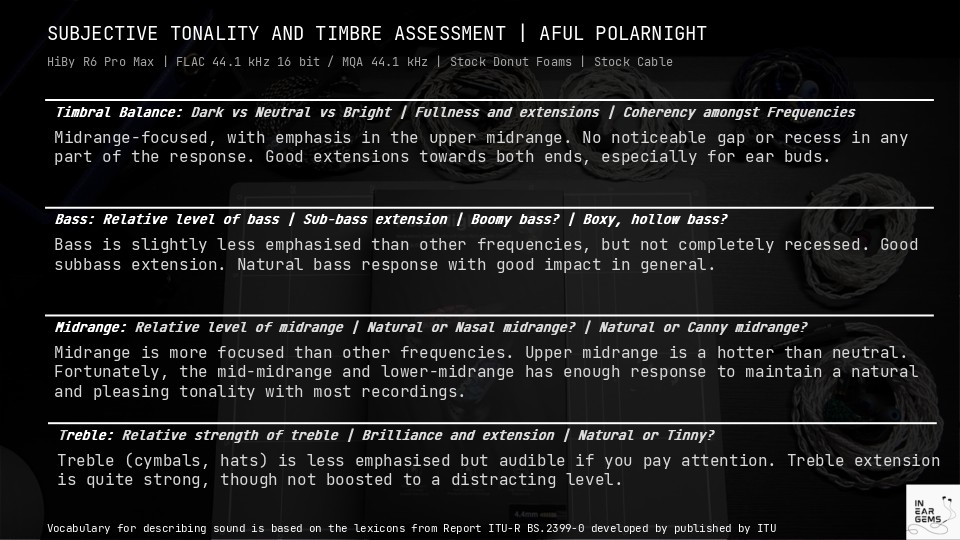
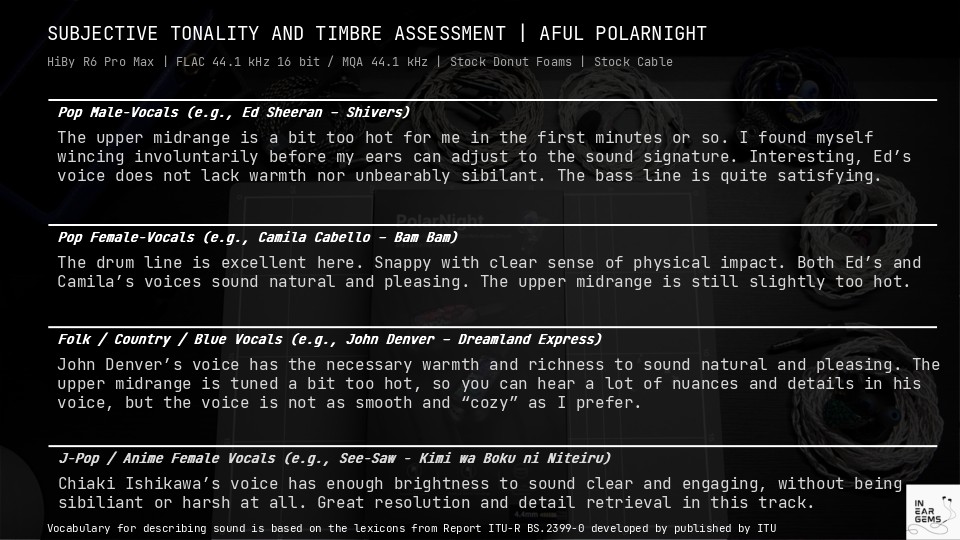
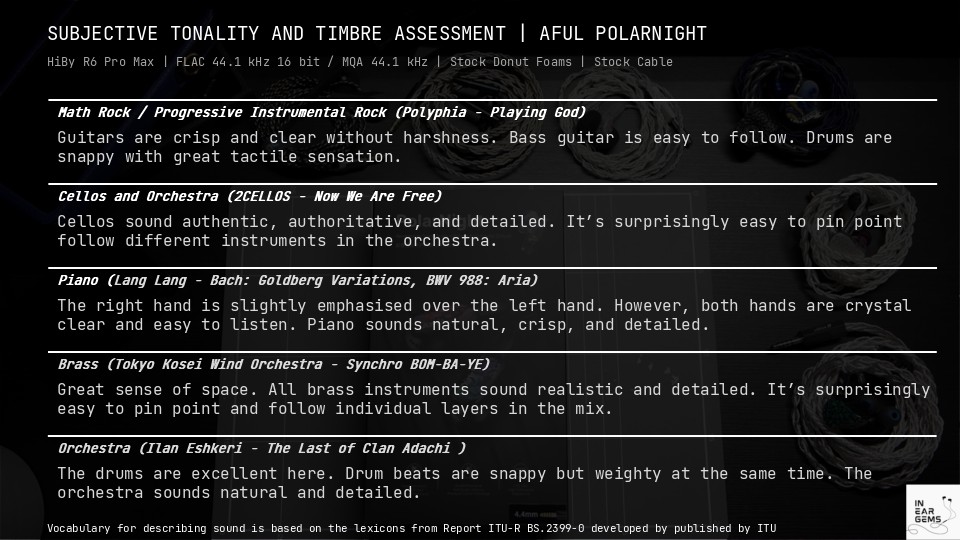

Bass and Dynamic

Resolution and Details

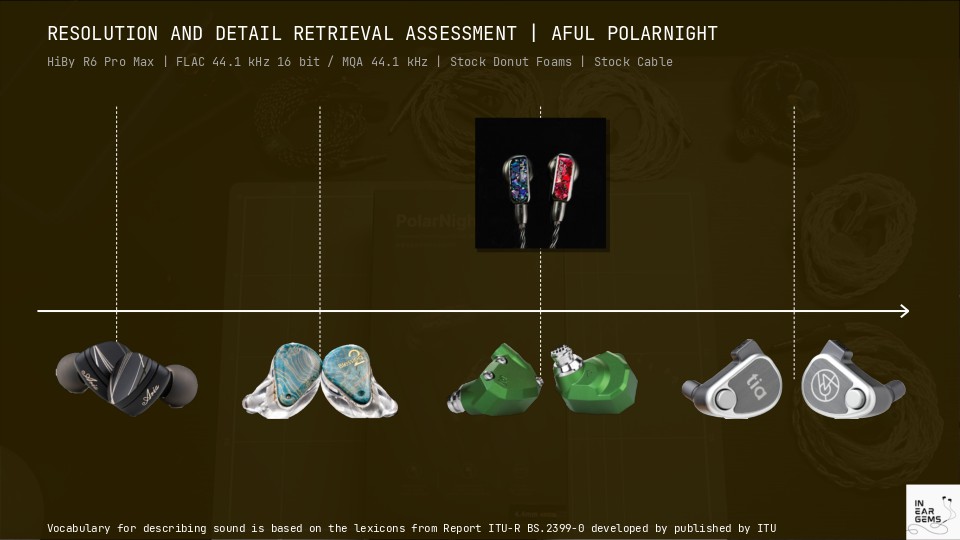
Soundstage and imaging
